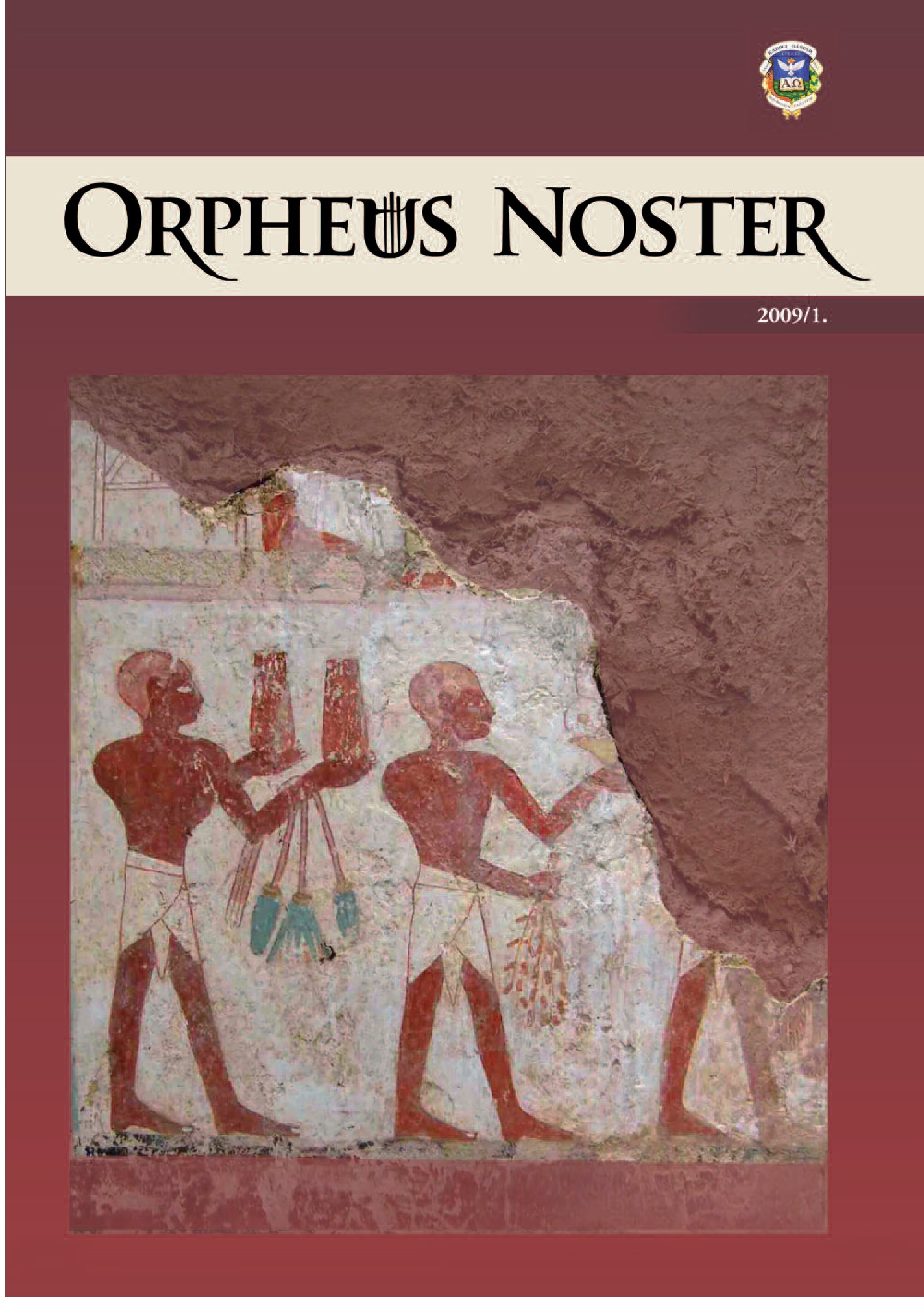Néhány pannoniai római felirat revíziója
Revision of some Pannonian Roman Inscriptions
Author(s): Bence Fehér Subject(s): History, Language and Literature Studies, Archaeology, Ancient World, Philology
Published by: Károli Gáspár Református Egyetem
Keywords: inscription; CIL III 4233; RIU 332; RIU 334; CIL III 3403; CIL III 3337; CIL III 3397
Summary/Abstract: The inscription CIL III 4233 exists built in a stone wall in Sopron, under old plaster-work, in such a condition as it is very hard to study. In all likelihood, that was the situation already in the 19th century. Yet by a careful examination, I could give a new reading which is here presented, a reading which confirms its date to the Severan era.In the ruines of the medieval church of Ecsér (Révfülöp village, presently Veszprém county) there are at least two Roman inscriptions, one of them a big limestone altar with palimpsest inscription, the other a fragment the exact function and reading of which was quite unidentified until now. The more recent inscription of the altar was known (RIU 332), but one verse of it was neglected; the earlier inscription was not heeded. Though it had been mostly erased, some letter fragments gave us the clue for the identification, wherefrom we can see it was primarily an altar dedicated to Liber. The other fragment (RIU 334) can be identified too, as the crepido of a greater limestone basis or altar with an originally very long inscription, from which at least two words can be read.Two well-known verse inscriptions (CIL III 3403 and CIL III 3337) have their last verses very fragmentated. These verses were often misinterpretated or not interpretated in their editions at all. With an accurate metric and epigraphic analyse, I could interpret the former one with one variable word retained, the latter one completely.The verse epitaph CIL III 3397 was found in a sarcophage found in Nagytétény (today Budapest), the surface of which was so much worn already in the 19th century, as F. Rómer noted, that even he could give only an approximate reading. Many scholars attempted to emend it, but as it proved, when I made an ectypus, from all the readings that of Rómer was the most correct, which now finally can be propped by a visual representation.
Journal: Orpheus Noster. A KRE Eszme-, Kultúr-, és Vallástörténeti Folyóirata
- Issue Year: I/2009
- Issue No: 1
- Page Range: 63-73
- Page Count: 11
- Language: Hungarian

